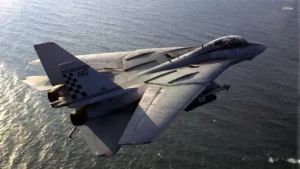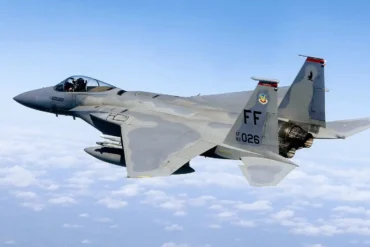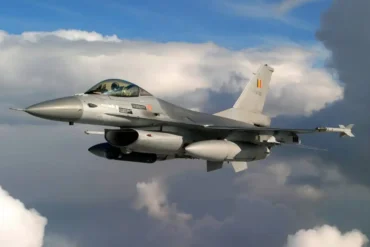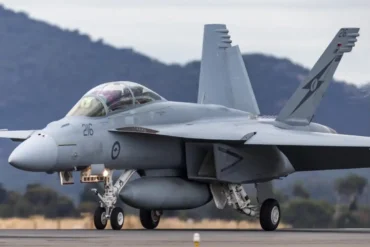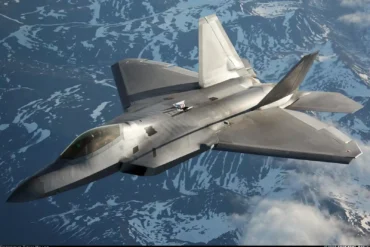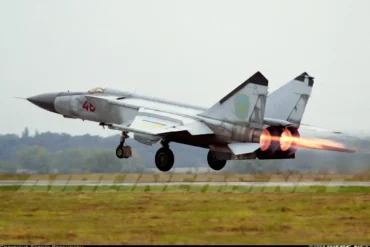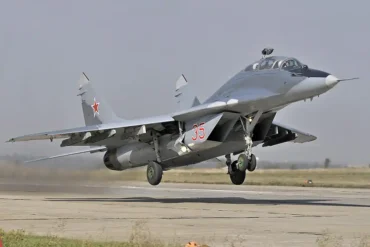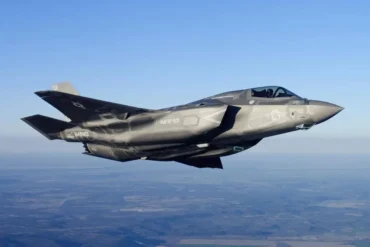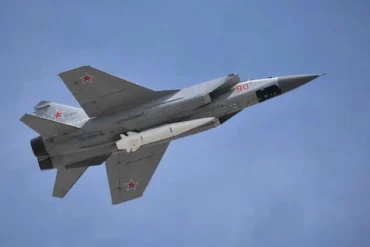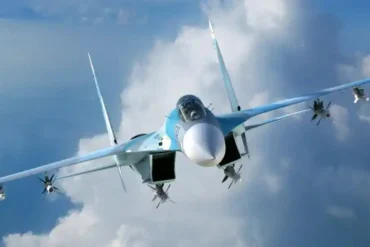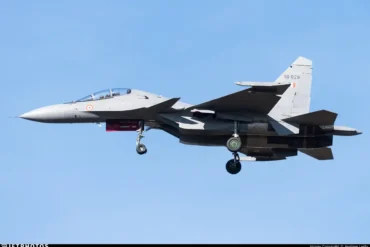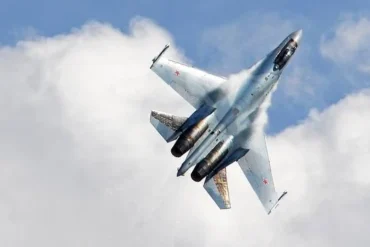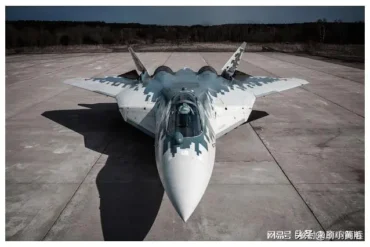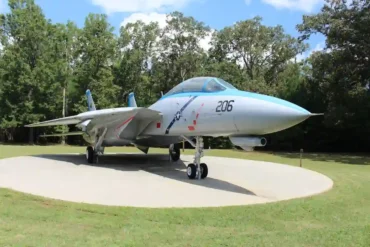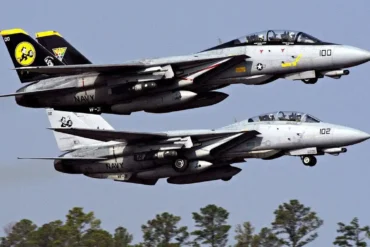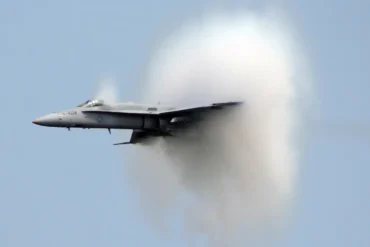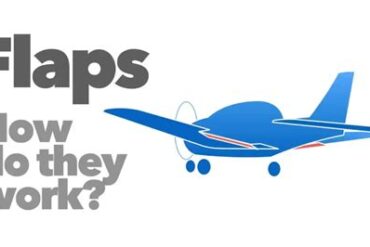The Grumman F-14 Tomcat is one of the most iconic fighter jets in aviation history. Known for its role in both military operations and Hollywood films, the Tomcat was a symbol of naval power for the U.S. Navy and has also found its place in aviation lore across the world. With its distinctive swing-wing design, sophisticated radar systems, and versatile capabilities, the F-14 holds a unique place in aviation history. Here, we delve deep into some of the most fascinating facts about the F-14 Tomcat that you may not know.
1. The First Microprocessor in Aviation: MP944 Computer
In the world of aviation, the F-14 Tomcat was a pioneer, not just in flight performance but also in technology integration. The Tomcat was one of the first aircraft to use a microprocessor-based computer – the MP944. This advanced central air data computer was responsible for controlling critical flight surfaces, including the swing-wing mechanism, based on variables like altitude, speed, and pressure.
The MP944 helped to automate several complex systems in the F-14, reducing pilot workload and improving overall flight stability. This early adoption of microprocessor technology paved the way for modern avionics in future aircraft, influencing the development of more advanced fly-by-wire systems in later fighters.
2. Swing Wings: A Game-Changing Design
One of the most distinctive features of the F-14 Tomcat is its swing-wing design. This cutting-edge feature allows the aircraft’s wings to change shape depending on the mission. In low-speed operations, such as landing on aircraft carriers, the wings can sweep back to 20 degrees, increasing the aircraft’s maneuverability in tight spaces. When the aircraft needs to perform at high speeds, the wings can extend to 68 degrees, dramatically reducing the drag and improving the aerodynamic performance of the jet.
This innovative wing design was a breakthrough in naval aviation, as it allowed the F-14 to perform both close-air support missions and long-range intercepts with ease. Although the swing-wings were mechanically operated and required manual control, they offered unparalleled versatility, making the Tomcat a formidable weapon in the skies.
3. Engine Problems: The Early Challenges of the F-14
When the F-14 Tomcat was first introduced, it came with the Pratt & Whitney TF30 engines, which were inherited from the F-111B. Unfortunately, these engines proved problematic, with a tendency to stall during sudden maneuvers or carrier landings. This was particularly dangerous during combat scenarios where asymmetrical thrust could cause the plane to enter into an uncontrollable spin.
The engine issues were a major challenge throughout the early part of the F-14’s career, and it wasn’t until the F-14B and F-14D variants were introduced with General Electric F110 engines that the problems were resolved. The new engines provided more thrust, improved reliability, and significantly enhanced the safety of the aircraft.
4. Power to Spare: Increased Performance with the F-110 Engines
The General Electric F110-GE-400 engines found in later versions of the F-14, such as the F-14B and F-14D, brought a significant boost in performance. These engines were nearly 8,000 pounds more powerful than the previous TF30 engines, providing much-needed thrust for carrier launches and air-to-air combat.
However, this increase in power also led to new challenges. The afterburner on the F-14B and F-14D was so powerful that it overran the catapult launcher during aircraft carrier takeoffs. As a result, strict takeoff restrictions were implemented to prevent damage to the catapult systems and ensure safe launches.
5. The ‘Tennis Court’ Aircraft
With a length of over 19 meters and a weight approaching 20 tons, the F-14 was the largest and heaviest fighter aircraft operated by the U.S. Navy. Due to its size, the back section of the aircraft was affectionately known as the “Tennis Court” by crew members, a reference to the vast expanse of space required to maneuver it.
This large size, however, presented significant challenges for landings on the small decks of aircraft carriers. The sheer weight and size of the F-14 made it a difficult aircraft to handle, especially when subjected to the harsh conditions of carrier operations.
6. Advanced Radar Technology: AN/AWG-9 and AN/APG-71
The F-14 was equipped with the AN/AWG-9 radar system, which was revolutionary for its time. Capable of tracking up to 24 targets simultaneously at ranges approaching 200 miles, the AWG-9 was a multi-function radar that integrated with the Tomcat’s fire-control system to guide missiles to their targets. It was also one of the first radars capable of guiding multiple AIM-54 Phoenix missiles at the same time, making the Tomcat a deadly adversary against multiple threats.
As technology evolved, the AN/AWG-9 was upgraded to the AN/APG-71 radar in the Tomcat’s later variants, such as the F-14D. This upgrade enhanced the radar’s target detection and jamming resistance, ensuring the F-14 remained at the cutting edge of military aviation until its retirement in 2006.
7. AIM-54 Phoenix Missile: The Tomcat’s Deadly Long-Range Weapon
At the heart of the F-14 Tomcat’s combat capabilities was the AIM-54 Phoenix missile. This missile was designed specifically for the Tomcat, giving it a staggering range of over 100 miles. The Phoenix missile was capable of independently targeting multiple threats, even in high-density combat situations, and was equipped with its own radar for terminal guidance.
The AIM-54 Phoenix could be launched in rapid succession, with the F-14 capable of firing up to six missiles simultaneously. This made the Tomcat a long-range interceptor capable of engaging enemy bombers, cruise missiles, and fighter jets before they even got within range of the aircraft.
8. TARPS Reconnaissance Pod: A Versatile Eye in the Sky
While the F-14 Tomcat is often celebrated for its air-to-air combat capabilities, it was also a formidable reconnaissance aircraft. The TARPS (Tactical Airborne Reconnaissance Pod System) was an integral part of the Tomcat’s versatility, allowing it to perform reconnaissance missions during combat operations.
The TARPS pod housed infrared cameras and high-resolution photographic equipment, enabling the F-14 to gather critical intelligence from enemy territory. In later years, the TARPS pod was upgraded to digital systems, enabling real-time transmission of imagery and data back to command centers or other aircraft. This transformation turned the F-14 into a powerful intelligence-gathering platform, capable of supporting precision strikes and targeting operations.
9. LANTIRN Pod and Smart Bomb Capability: Precision Strikes
In the 1990s, the F-14 Tomcat evolved further with the integration of the LANTIRN (Low Altitude Navigation and Targeting Infrared for Night) pod, turning the aircraft into a precision strike platform. This infrared targeting system allowed the Tomcat to drop laser-guided bombs (LGBs) and GPS-guided munitions with pinpoint accuracy, even in adverse weather conditions or nighttime operations.
The introduction of the LANTIRN pod transformed the F-14 from a fighter-interceptor into a versatile multi-role combat aircraft, capable of engaging both air-to-air and air-to-ground targets. This transformation was particularly notable during the Kosovo War and Global War on Terror, where F-14s conducted close air support and precision bombing missions.
10. F-14 in Iran: A Legacy Beyond the U.S. Navy
While the U.S. Navy retired the F-14 in 2006, the aircraft still serves in the Iranian Air Force (IRIAF), which received 80 Tomcats during the 1970s. These aircraft were used extensively during the Iran-Iraq War (1980-1988), where they claimed 130 Iraqi aircraft. Brigadier General Jalil Zandi, one of the most successful F-14 pilots, became a legendary figure, shooting down 11 enemy aircraft in combat.
Today, Iran continues to operate the F-14, albeit with considerable maintenance challenges due to sanctions and the age of the aircraft. Despite these obstacles, the Tomcat remains a critical component of Iran’s air defense strategy.
11. A Costly Investment: The High Price of the F-14
The F-14 was a highly expensive aircraft both to procure and maintain. In the late 1990s, the unit cost of a single F-14 was around $38 million, which would be equivalent to approximately $60 million today when adjusted for inflation.
The F-14’s complex systems, especially its variable-sweep wings and sophisticated avionics, contributed significantly to its maintenance cost.
For every hour of flight, it was estimated that 40 to 60 hours of maintenance were required. This high operational cost, combined with its complex systems and vulnerability to corrosion from naval operations, led to the aircraft’s eventual retirement from the U.S. Navy in 2006.
12. The RIO: The Essential Role of the Radar Intercept Officer
A lesser-known fact about the F-14 is the role of the Radar Intercept Officer (RIO). The person sitting in the back seat of the F-14 was not a co-pilot but a highly trained RIO who was responsible for operating the radar and guiding the aircraft’s weapons systems. The RIO played a critical role in the aircraft’s combat missions, including target identification, missile launches, and coordination during multi-aircraft operations.
This unique configuration, with a dedicated pilot and RIO, required exceptional teamwork between the two crew members to maximize the aircraft’s combat effectiveness.
Conclusion: A Legendary Aircraft with a Rich Legacy
The F-14 Tomcat remains one of the most beloved and respected aircraft in aviation history. With its swing-wing design, advanced radar systems, and versatile combat capabilities, the Tomcat was more than just a fighter jet; it was a symbol of U.S. naval power and innovation. From its role in the Iran-Iraq War to its iconic status in Top Gun and other films, the F-14 will forever be etched in the annals of military aviation. Although retired from U.S. service, its legacy lives on, continuing to inspire future generations of aviation enthusiasts and engineers.
